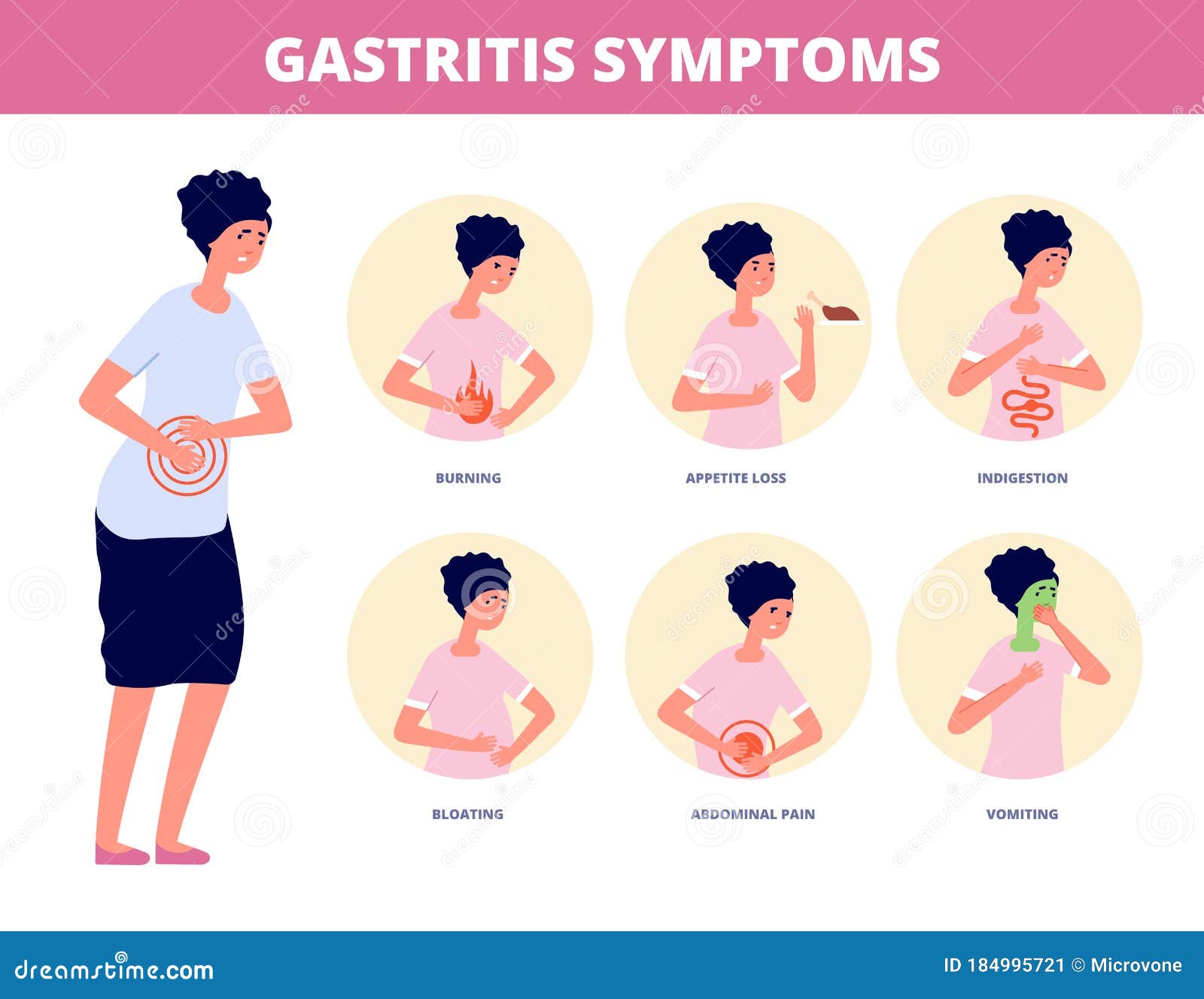
coli pathotypes also are commonly found in cases of TD. Overall, the most common pathogen identified is enterotoxigenic Escherichia coli, followed by Campylobacter jejuni, Shigella spp., and Salmonella spp. Infectious Agents Bacteriaīacteria are the most common cause of TD. In toxin-mediated illness, both vomiting and diarrhea can be present symptoms usually resolve spontaneously within 12–24 hours. What is commonly known as “food poisoning” involves the ingestion of infectious agents that release toxins (e.g., Clostridium perfringens) or consumption of preformed toxins (e.g., Staphylococcal food poisoning). 7, Persistent Diarrhea in Returned Travelers). Infections with protozoal pathogens are slower to manifest symptoms and collectively account for ≈10% of diagnoses in longer-term travelers (see Sec. Intestinal viruses account for at least 5%–15% of illnesses, although the use of multiplex molecular diagnostic assays demonstrates that their contribution to the overall burden of TD disease is probably greater than previously estimated.


Bacteria are the predominant enteropathogens and are thought to account for ≥80%–90% of cases. TD is a clinical syndrome that can result from a variety of intestinal pathogens. Poor hygiene practices in local restaurants and underlying hygiene and sanitation infrastructure deficiencies are likely the largest contributors to the risk for TD. Traditionally, TD was thought to be prevented by following simple dietary recommendations (e.g., “boil it, cook it, peel it, or forget it”), but studies have found that people who follow these rules can still become ill. Attack rates range from 30%–70% of travelers during a 2-week period, depending on the destination and season of travel. Travelers’ diarrhea (TD) is the most predictable travel-related illness.


 0 kommentar(er)
0 kommentar(er)
